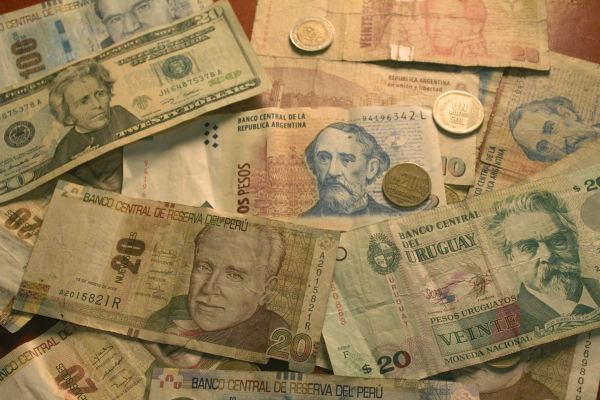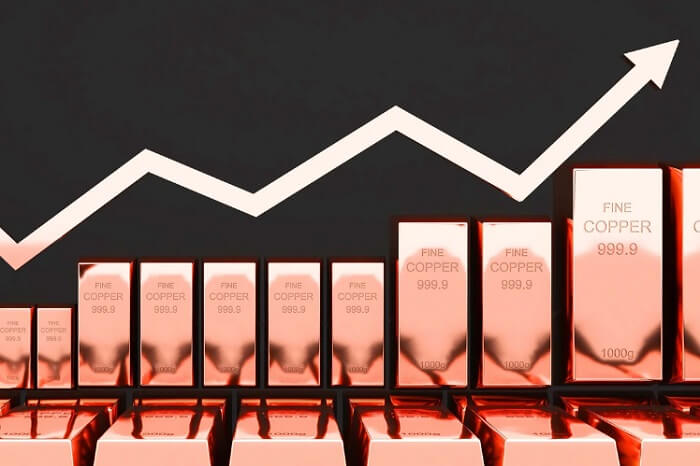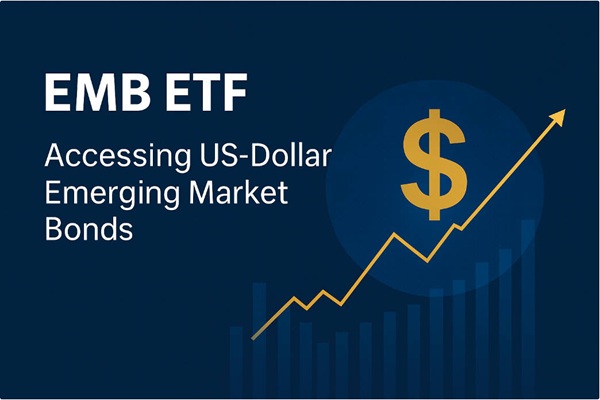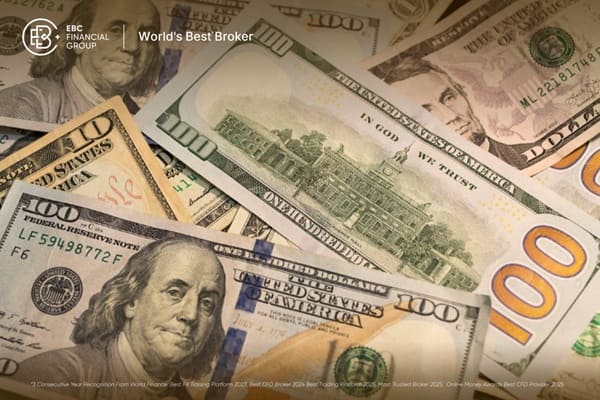Peru, one of South America's fastest-growing economies, has become an increasingly attractive destination for international investors and traders. With abundant natural resources, strong mining and agricultural sectors, and a stable banking system, Peru presents a range of opportunities.
This article provides a comprehensive guide for traders seeking to understand the Peruvian Sol (PEN), including its history, trading strategies, and economic significance.
What Is the Currency of Peru?
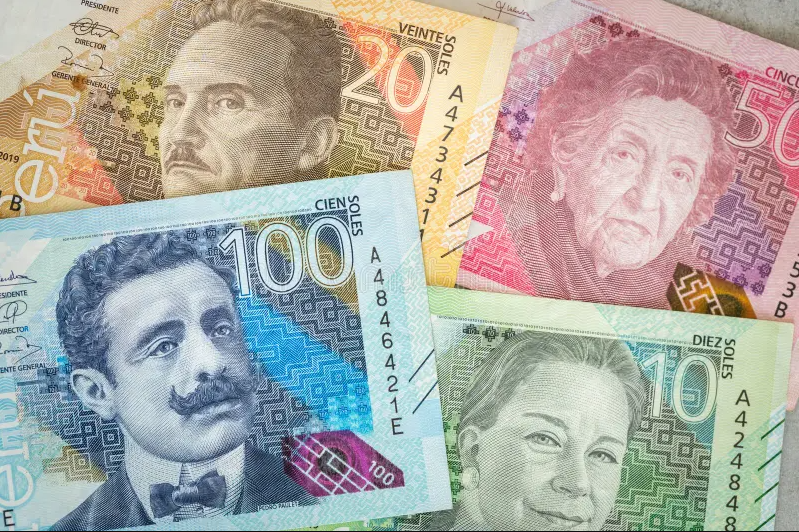
The official currency of Peru is the Peruvian Sol, abbreviated as PEN and often symbolised by S/. The word "sol" means "sun" in Spanish, reflecting the country's Incan heritage and its emphasis on natural strength and light. One sol is divided into 100 céntimos.
Timeline:
Before the 1980s: Peru used the Sol de Oro.
The mid-1980s to early 1990s: The country adopted the inti due to rampant inflation.
1991 onward: The Peruvian nuevo Sol (new Sol) was introduced to combat hyperinflation and restore confidence. It was later renamed to just Sol in 2015.
The Banco Central de Reserva del Perú (BCRP) is the country's central bank and is responsible for issuing the currency, managing inflation, and maintaining monetary stability.
Current Exchange Rate and Market Behavior
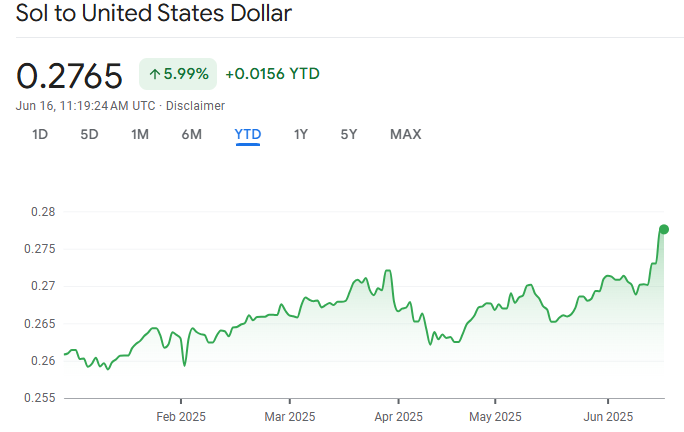
As of 2025, the Peruvian Sol is relatively stable against major currencies like the US Dollar (USD). It is typically traded in the USD/PEN forex pair. The exchange rate generally floats around 0.26 to 0.28 but is actively managed by the central bank to prevent excessive volatility.
Over the past decade, the Sol has gained recognition for being one of the more stable Latin American currencies.
Comparison: Currency of Peru vs Other Latin American Currencies
| Currency |
Country |
Volatility |
Commodity Link |
Trading Volume |
| PEN |
Peru |
Moderate |
High |
Medium |
| BRL |
Brazil |
High |
Medium |
High |
| MXN |
Mexico |
Moderate |
Medium |
High |
| CLP |
Chile |
Moderate |
High |
Medium |
| ARS |
Argentina |
Very High |
Medium |
Low |
Why Traders Should Care About the Peruvian Sol
1) Emerging Market Potential
Peru is classified as an emerging market. Its economic growth, supported by commodities such as copper, gold, and natural gas, makes it a crucial player in global trade. The Sol, therefore, becomes a key proxy for Latin America's resource sector.
2) Currency Volatility and Opportunity
While the Sol is relatively stable, it can experience fluctuations during political tension, commodity price shifts, or monetary policy changes in the United States. These swings can offer short-term trading opportunities for forex traders.
3) Influence of the US Dollar
The USD/PEN is the most commonly traded pair involving the Sol. Since the U.S. is Peru's top trading partner, fluctuations in interest rates and inflation expectations can significantly impact the Sol's value.
Economic Factors Influencing Its Exchange Rate
1. Inflation Rates
Peru's central bank targets low and steady inflation, usually around 2%. Traders watch inflation figures closely, as rising prices can erode their purchasing power and lead to currency depreciation.
2. Interest Rate Decisions
The BCRP adjusts interest rates to maintain monetary stability. Higher interest rates attract foreign capital, which supports the Sol. Conversely, lower rates may lead to capital outflows.
3. Commodity Prices
Because Peru is a leading exporter of gold, copper, and silver, the Sol's value is sensitive to global commodity markets. A rise in commodity prices often strengthens the Sol due to increased foreign earnings.
4. Trade Balances
A healthy trade surplus typically supports the Sol, as demand for Peruvian exports requires foreign buyers to exchange their currencies for PEN.
5. Political Climate
Political unrest or uncertainty—common in many emerging markets—can lead to capital flight and weaken the Sol. Conversely, periods of political stability often lead to appreciation.
Peruvian Currency Future Outlook
Economic Growth Projections
In 2025, Peru is growing at a steady pace, with sectors such as mining, tourism, and manufacturing driving GDP. The currency's future value will be influenced by how effectively the government balances development with macroeconomic stability.
Central Bank Policies
The BCRP is likely to maintain its inflation-targeting regime and gradual interest rate adjustments. Traders should monitor policy statements and economic forecasts to anticipate currency direction.
Global Factors
Global interest rates, particularly from the US Federal Reserve, and geopolitical tensions could impact the USD/PEN exchange rate. Commodity demand from China also plays a critical role in Peru's economic health and, by extension, its currency.
How to Trade the Peruvian Sol (PEN)
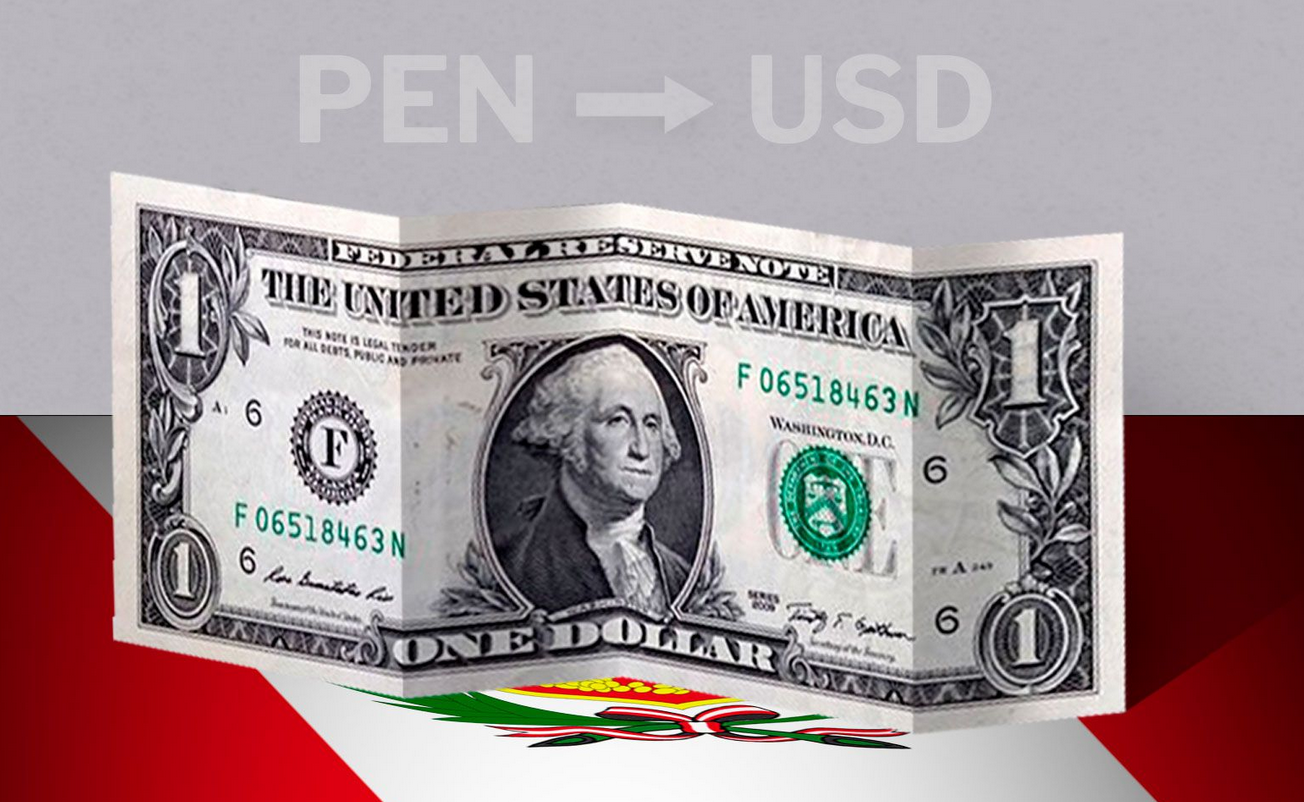
Spot Forex Trading
The most direct method is via the USD/PEN forex pair. It involves speculating on the rise or fall of the Sol relative to the US dollar. Liquidity is moderate, and spreads can be wider than in major currency pairs.
Currency ETFs and Funds
Although there is no mainstream ETF dedicated solely to the PEN, some Latin American regional funds include exposure to the Peruvian market. These can be useful for portfolio diversification.
Contracts for Difference (CFDs)
CFDs allow you to speculate on the PEN's movement without owning the currency. This derivative trading method offers leverage but also higher risk, especially during volatile market conditions.
Strategies for Trading
1) Trend-Following
This strategy involves identifying long-term trends in the USD/PEN pair. For instance, a prolonged period of rising commodity prices may indicate bullish pressure on the Sol.
2) Breakout trading
Given the PEN's tendency to consolidate before reacting to major political or economic news, breakout traders can profit from sudden moves that follow significant events.
3) Carry Trade
If Peru's interest rates are higher than those in developed economies, traders may engage in carry trades—borrowing in low-yielding currencies and investing in PEN-denominated assets. This strategy works best in times of global financial stability.
4) Event-Based Trading
Monitoring BCRP meetings, inflation reports, and mining sector news can provide trading opportunities. Quick reactions to data releases can help short-term traders capture profitable moves.
Trading Hours and Best Times to Trade
While forex markets are open 24 hours during weekdays, the best liquidity for USD/PEN occurs during the New York and Lima trading hours. These overlap between 8 AM and 1 PM (EST). Liquidity tends to be lower outside of Latin American business hours, resulting in wider spreads.
Conclusion
In conclusion, the Peruvian Sol is a unique trading opportunity for those interested in emerging markets, commodities, and Latin American macroeconomics. While it lacks the liquidity of major currency pairs, its strong correlation to commodity cycles, disciplined central banking, and gradual economic growth make it worth considering.
As Peru continues to grow and modernise its financial markets, the Sol may gain even more traction among global traders and investors.
Disclaimer: This material is for general information purposes only and is not intended as (and should not be considered to be) financial, investment or other advice on which reliance should be placed. No opinion given in the material constitutes a recommendation by EBC or the author that any particular investment, security, transaction or investment strategy is suitable for any specific person.
